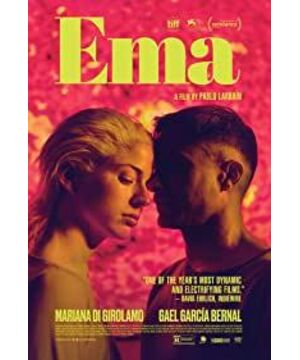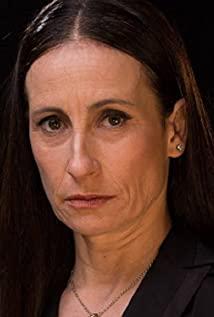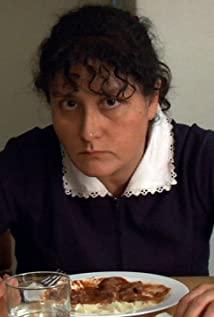In 2016, two successful biopics "The Hunt for Neruda" and "The First Lady" allowed Chilean director Pablo Lara to quickly rank among the well-known Latin American directors, and thus obtained many opportunities for development in Hollywood. This unexpected success is largely due to the experience of real characters in the two works, which naturally guarantees the visibility of the script. In addition, praise him for his diligent experiments in aesthetic style , which makes biographical subjects glow magical. Unexpectedly, Lara returned to Chile to shoot "Irma" because of her reputation , but it was shocking, and it was almost full of glass shards. I watched the premiere of this new film at the Venice Film Festival last year. The first impression was not very good. After rewatching it recently, this bad impression has been strengthened again.
This film also features women as the protagonist in "The First Lady" , but it is just a fictional character. The biggest gimmick is that the publicity is a music genre , which was quite curious when it premiered in Venice. In fact, from beginning to end, Nicolas Jarr's electronic music is bombarding wildly, almost degenerating into a super long version of the MV. From the first mirror at the beginning, you can see the style of Laren’s work. The poetic scene on fire dominates. After that, whether it is a scene of performing group dances in the dark, or in the middle section, there are cars, swings and garbage in the fire. Boxes, these empty shots with a sense of museum installation , all demonstrate the director's absolute control over the audiovisual style.
However, these beautiful images and fascinating electronic music cut the narrative into pieces , making the story of this new generation of women pursuing open family relationships and emotional values become mottled and tasted. Narrative seems to have always been Lalain’s weakness, and the early "Killer Night Frenzy" and "Followings" are the most obvious. At that time, we still relied on some extreme aesthetic techniques, such as photographic composition, light filters, etc., to cover up the shortcomings of narrative. Unexpectedly, after two successful works, the director tripped the weak narrative text again, and could only rely on images and sound to save the scene, which is really surprising. I think he is more comfortable returning to the subject of biographies, and I hope his next new movie about Princess Diana will not disappoint.
View more about Ema reviews











